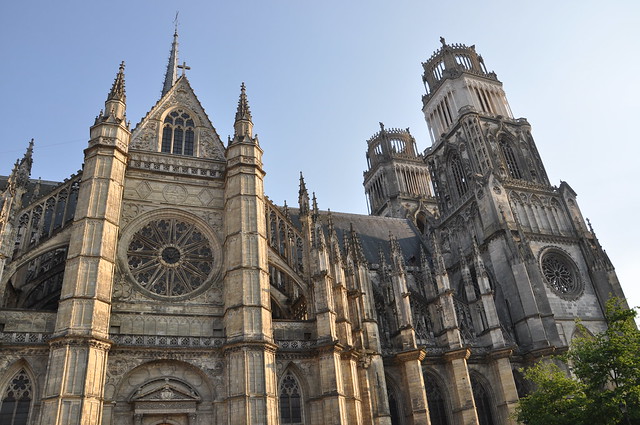
No dia anterior á nossa visita á Catedral falava ao telefone com uma colega espanhola, quando lhe disse onde estava recomendou-me vivamente a visita a Catedral, disse-me com toda a segurança que para ela estaria nas três catedrais mais bonitas de França. A fasquia estava alta e assim que entramos não decepcionou. Ainda assim o ideal é não ir com demasiadas expectativas, França é um país cheio de grandes e sumptuosas catedrais, cada uma com o seu encanto mas esta tem algo de especial, algo que se sente mais do que se vê. Talvez seja a carga histórica que nos transporta até á Guerra dos Cem Anos e há a emotiva história de Joana d'Arc.
On the day prior to our visit to the Cathedral was on the phone with a Spanish colleague when I told her where I was she strongly advised me to visit the Cathedral, told me safely that to her it would be one of the three most beautiful cathedrals of France. The stakes were high and when we got in it did not disappoint. Yet the ideal is not to go with too many expectations, France is a country full of large and sumptuous cathedrals, each with its charm but this has something special, something that feels more than what you see. Perhaps it's the historical burden that carries us until the Hundred Years War and there is the emotional story of Joan of Arc.
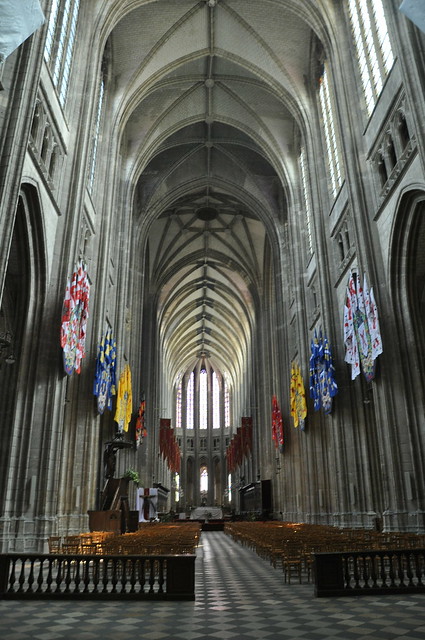
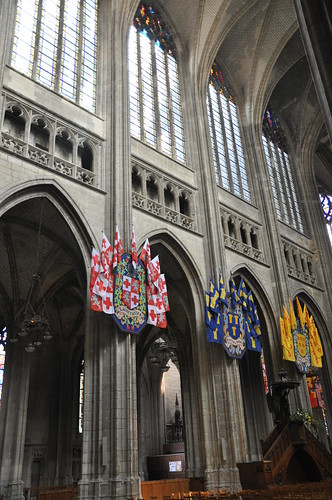 Se é uma das três catedrais mais bonitas de França? Talvez não seja, não viajei o suficiente para responder. Mas entrando na sua nave principal, repleta de luz e cor graças ás decorativas bandeiras, sentimos que sim que é fabulosa.
Se é uma das três catedrais mais bonitas de França? Talvez não seja, não viajei o suficiente para responder. Mas entrando na sua nave principal, repleta de luz e cor graças ás decorativas bandeiras, sentimos que sim que é fabulosa.


Podemos também considerá-la como um capítulo de um livro de história, que se refere XV e que conta as aventuras de Santa Joana em forma de vitrais. Podemos ver todos os passos importantes desde as suas batalhas até ao reconhecimento do Rei Carlos VII no Castelo de Chinon.
So is it one of the three most beautiful cathedrals of France? Perhaps not, I have not traveled enough to answer this. But entering its nave, full of light and color thanks to the decorative flags, we feel it is fabulous.
We can also consider it as a chapter in a history book, which refers XV and tells the adventures of Santa Joana in the form of stained glass. We can see all the important steps since her battles to the recognition of King Charles VII in Chinon Castle.
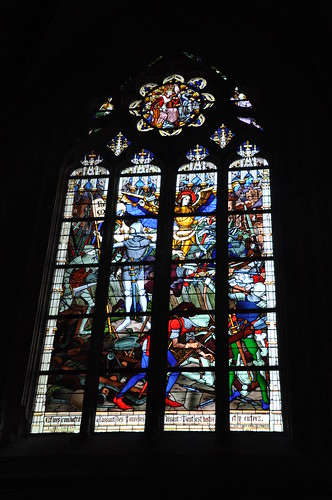

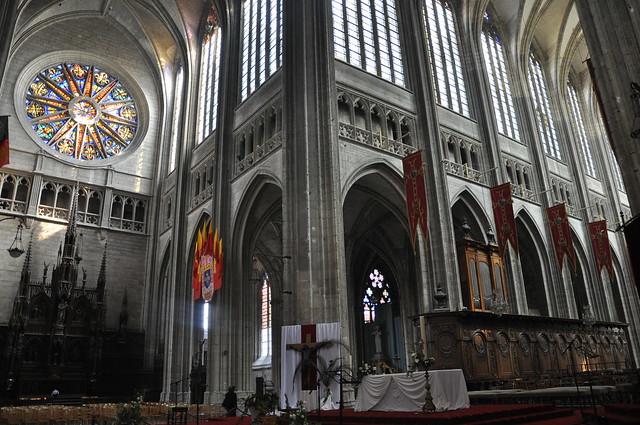 A primeira foi construída no século XIII, no ano de 1429 foi o palco de uma missa onde estava Joana D'Arc. Isto foi durante o cerco á cidade e a sua vitória mudou o rumo da história. Viria ser destruída pelos Protestantes no século XVI e reconstruída um século mais tarde com um estilo gótico. Volta a ser palco de uma guerra, desta vez a II Guerra Mundial que a deixa novamente destruída e só volta a ser aberta na década de 60.
A primeira foi construída no século XIII, no ano de 1429 foi o palco de uma missa onde estava Joana D'Arc. Isto foi durante o cerco á cidade e a sua vitória mudou o rumo da história. Viria ser destruída pelos Protestantes no século XVI e reconstruída um século mais tarde com um estilo gótico. Volta a ser palco de uma guerra, desta vez a II Guerra Mundial que a deixa novamente destruída e só volta a ser aberta na década de 60.
The first was built in the thirteenth century, the year 1429 was the scene of a mass that Joan of Arc attended. This was during the siege to the city and its victory changed the course of history. I would then be destroyed by the Protestants in the sixteenth century and rebuilt a century later with a Gothic style. I becomes once more the stage to a war, this time World War II that again leaves it destroyed and only returns to be opened in the 60s.
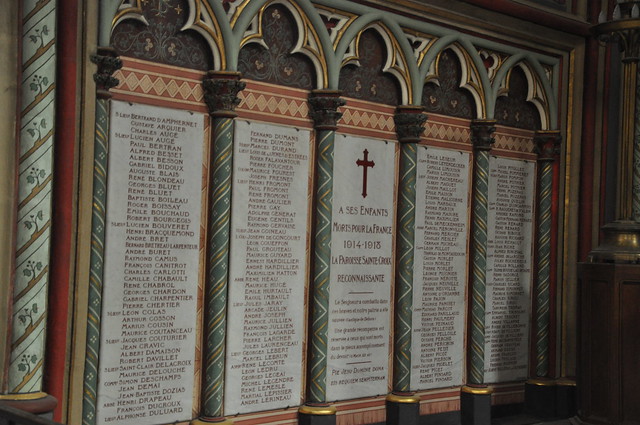 Há mais referências ás Guerras Mundiais do século XX, uma delas é um monumento aos soldados (filhos de Orleães) que morreram durante a I Guerra de 1914 a 1918. Junto ao mesmo um outro dedicado a Joana D'Arc, a principal referência da Catedral.
Há mais referências ás Guerras Mundiais do século XX, uma delas é um monumento aos soldados (filhos de Orleães) que morreram durante a I Guerra de 1914 a 1918. Junto ao mesmo um outro dedicado a Joana D'Arc, a principal referência da Catedral.
There are more references to the World Wars of the twentieth century, one of which is a monument to the soldiers (children of Orleans) who died during World War I from 1914 to 1918. Close to it another dedicated to Joan of Arc, the main reference of the Cathedral.
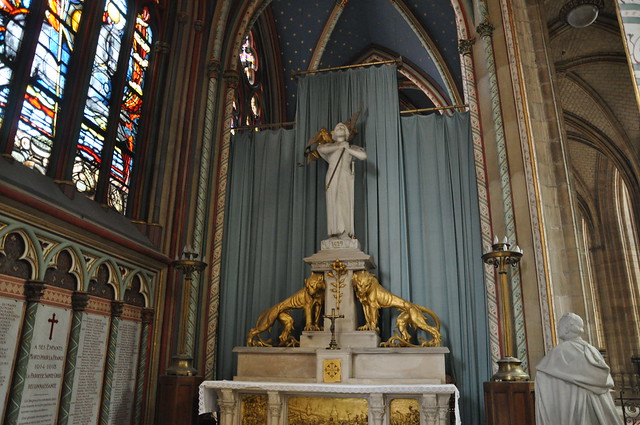
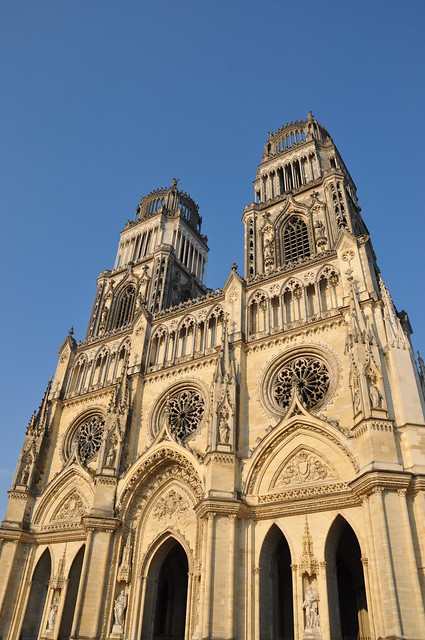
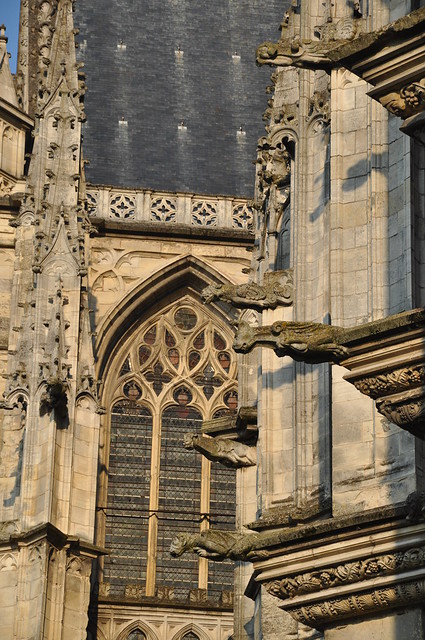
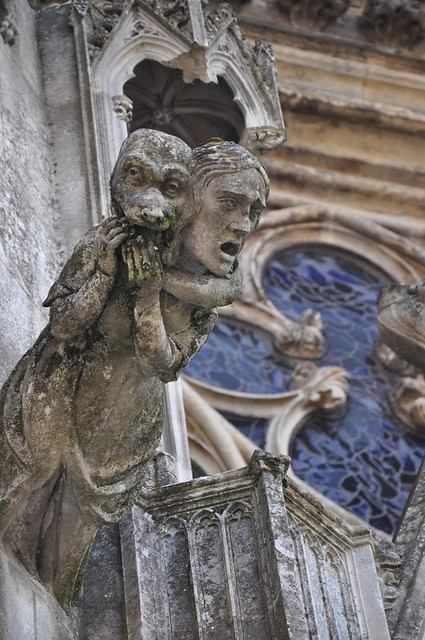
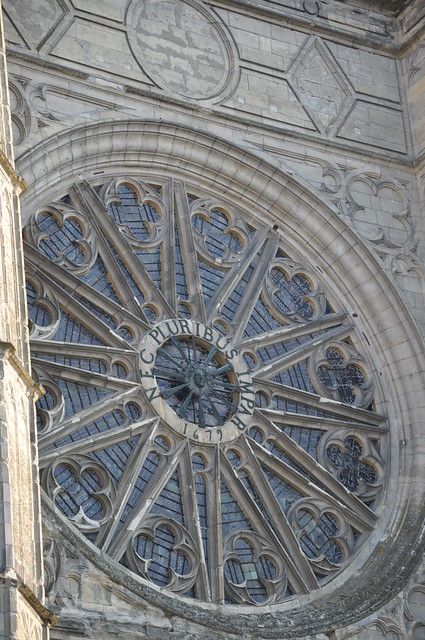
So is it one of the three most beautiful cathedrals of France? Perhaps not, I have not traveled enough to answer this. But entering its nave, full of light and color thanks to the decorative flags, we feel it is fabulous.
We can also consider it as a chapter in a history book, which refers XV and tells the adventures of Santa Joana in the form of stained glass. We can see all the important steps since her battles to the recognition of King Charles VII in Chinon Castle.



The first was built in the thirteenth century, the year 1429 was the scene of a mass that Joan of Arc attended. This was during the siege to the city and its victory changed the course of history. I would then be destroyed by the Protestants in the sixteenth century and rebuilt a century later with a Gothic style. I becomes once more the stage to a war, this time World War II that again leaves it destroyed and only returns to be opened in the 60s.

There are more references to the World Wars of the twentieth century, one of which is a monument to the soldiers (children of Orleans) who died during World War I from 1914 to 1918. Close to it another dedicated to Joan of Arc, the main reference of the Cathedral.






Sem comentários:
Enviar um comentário